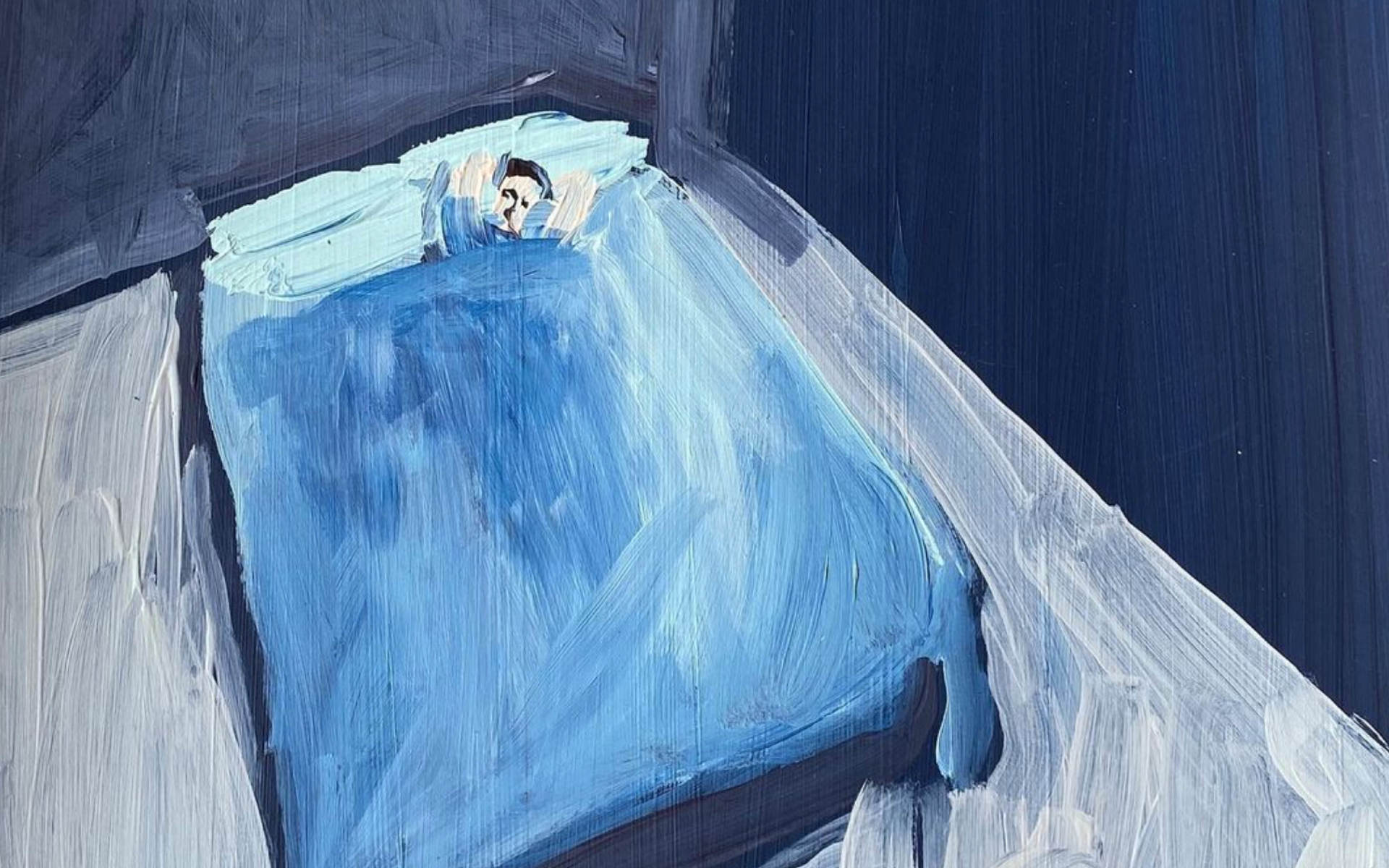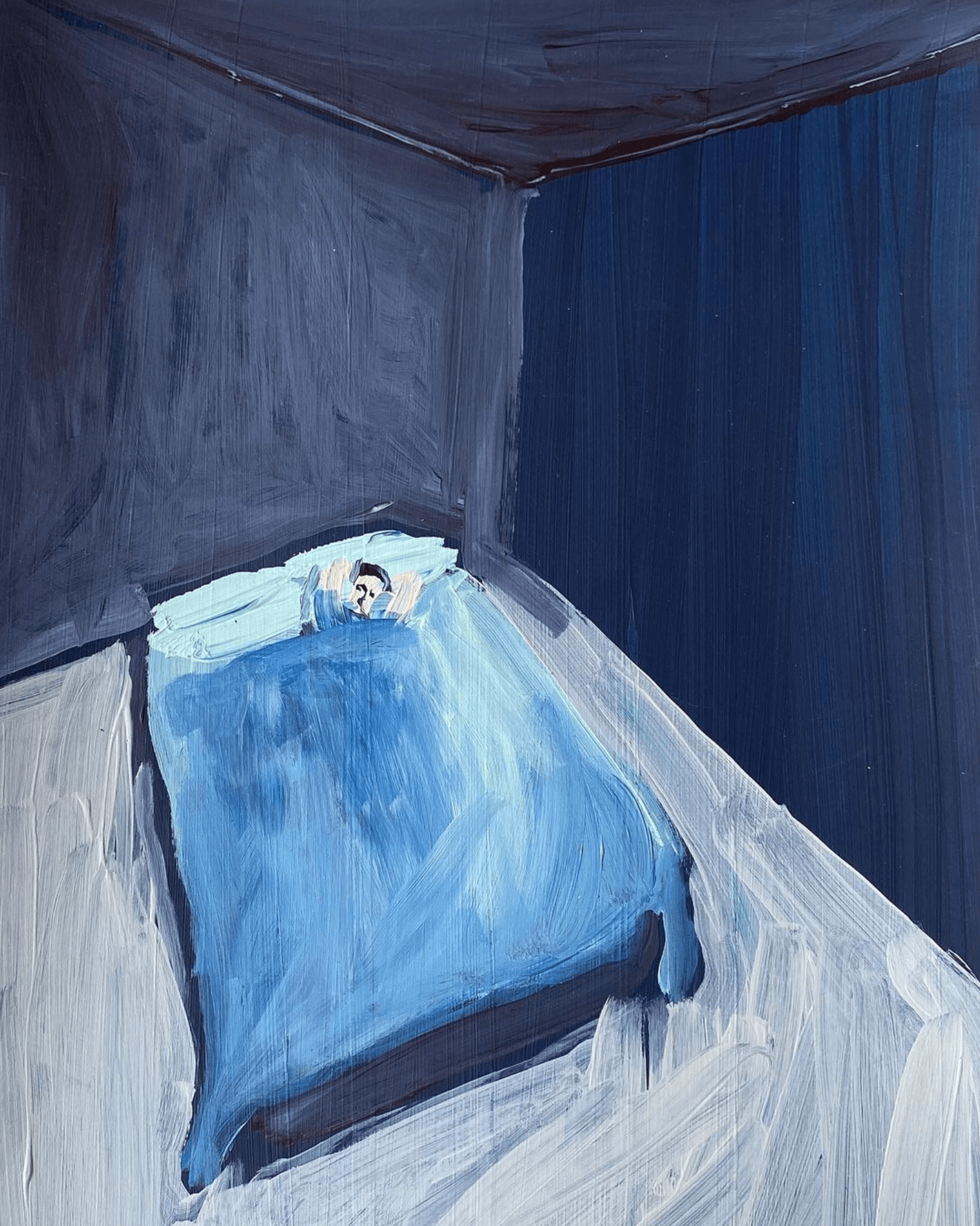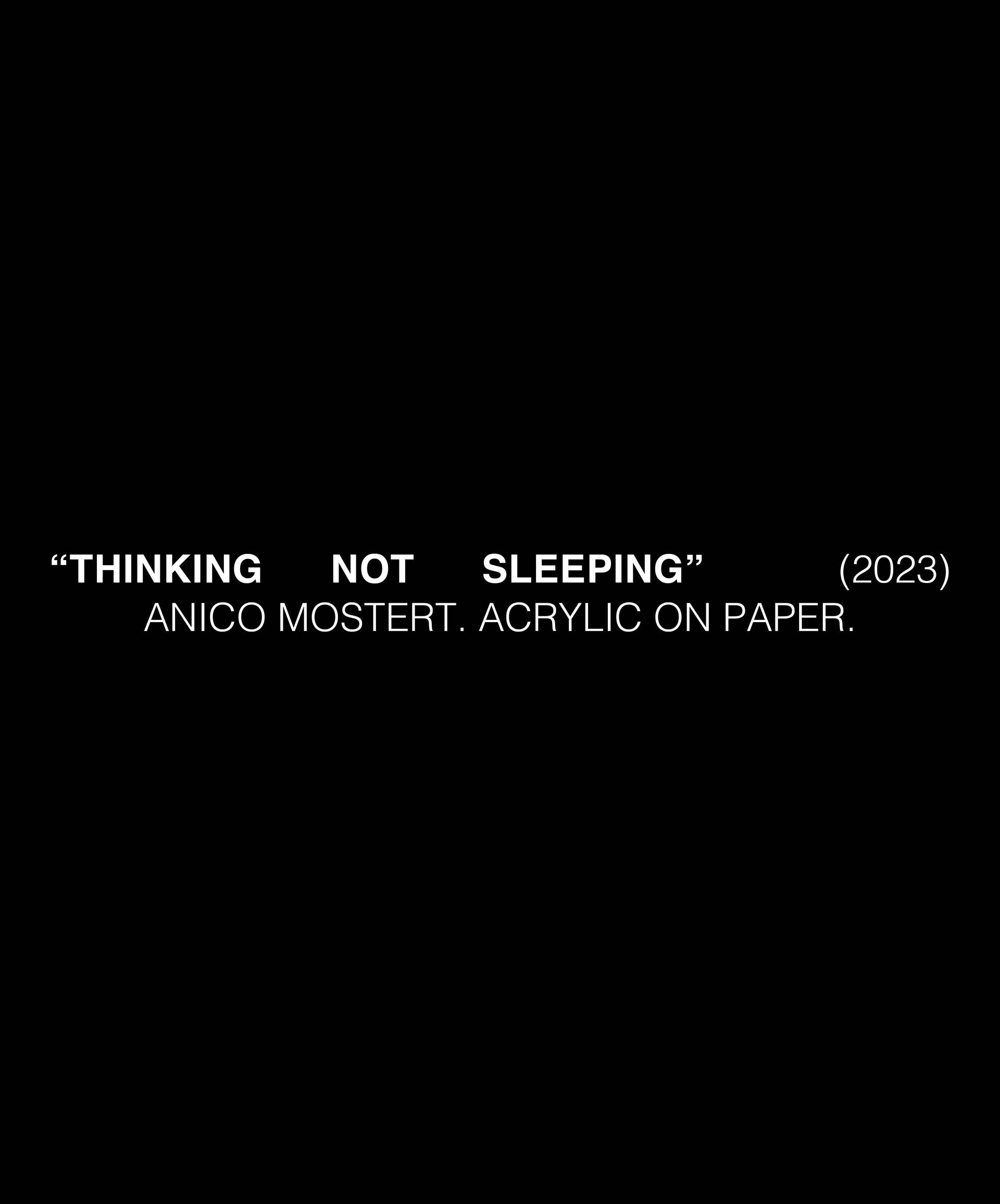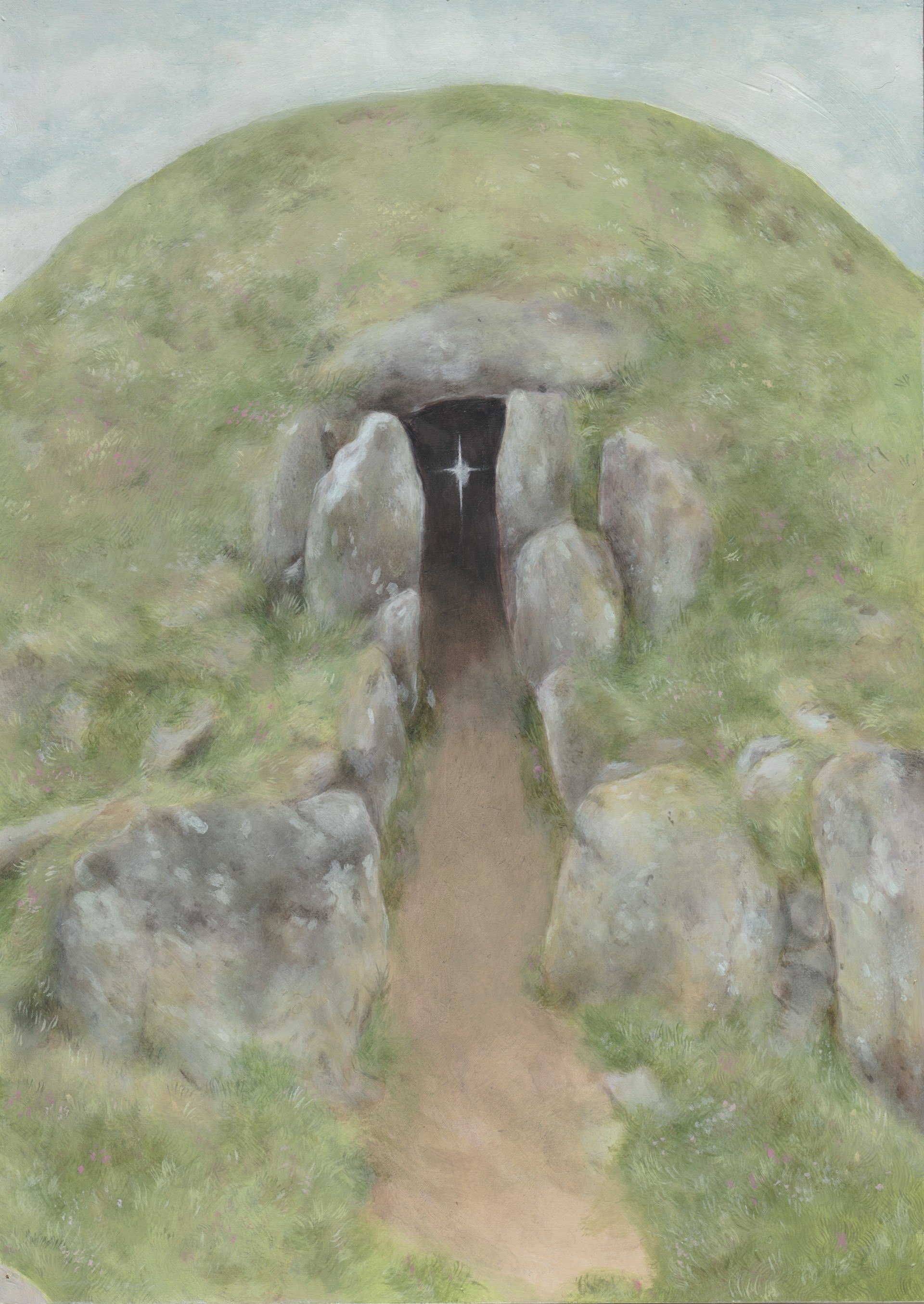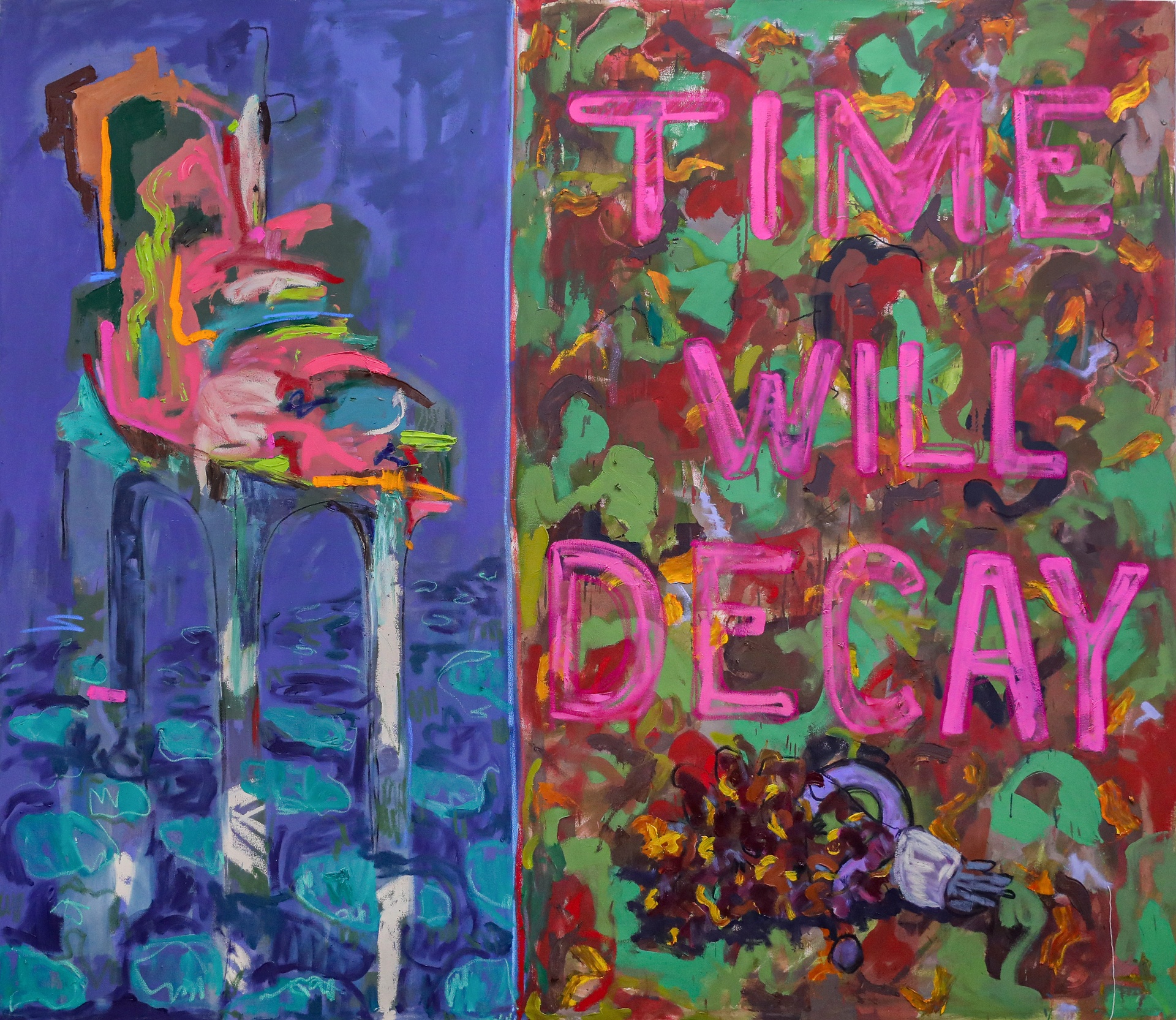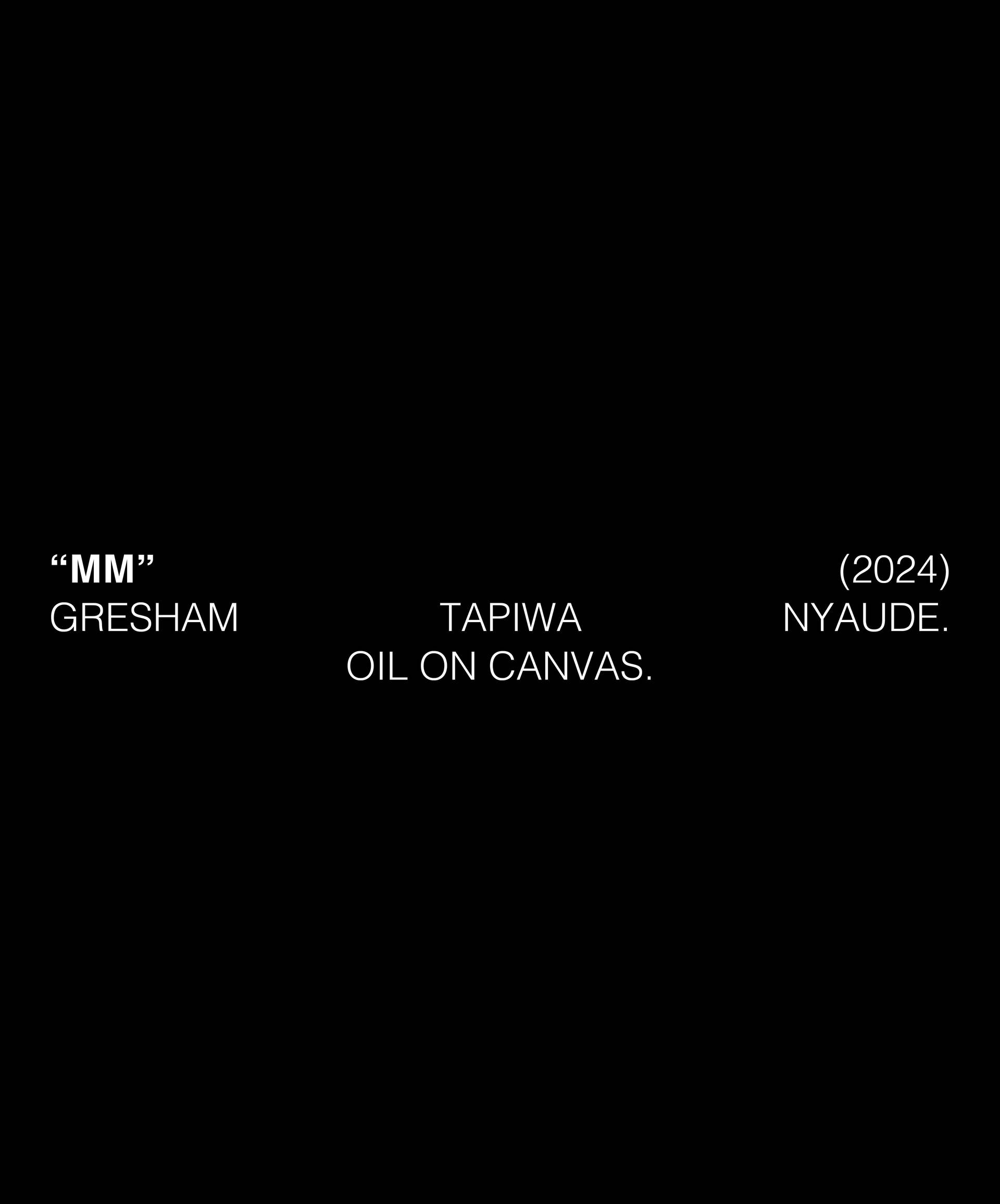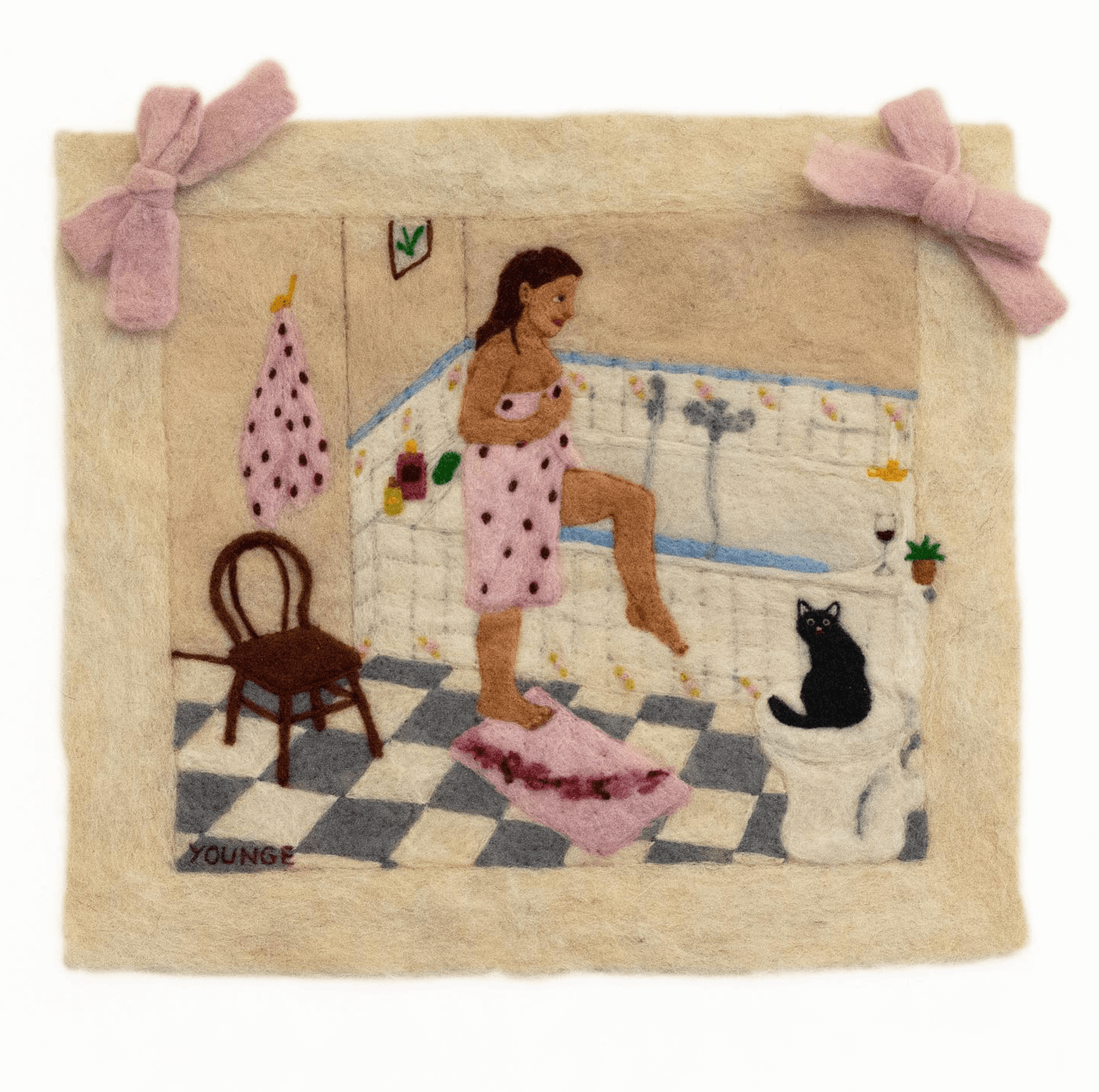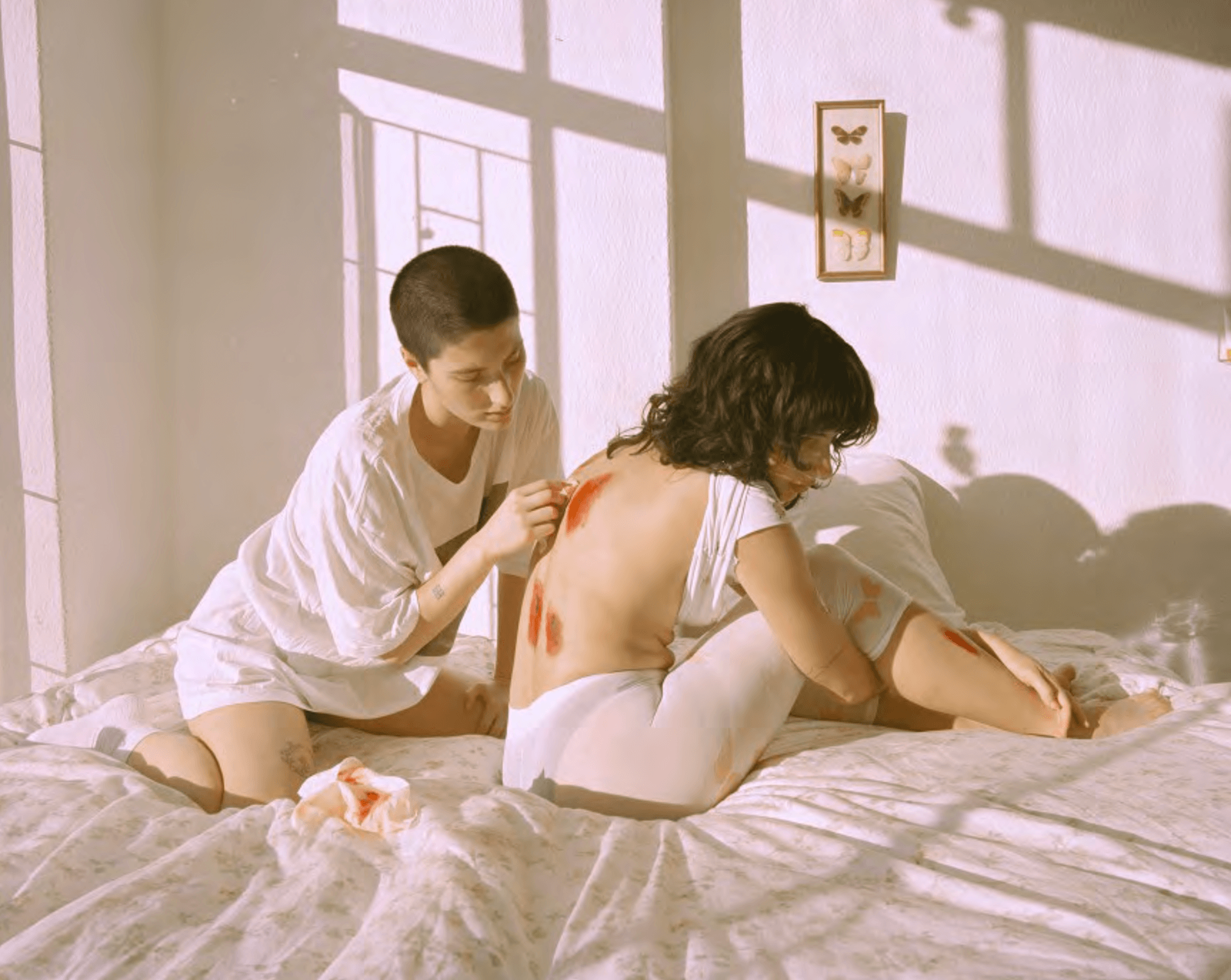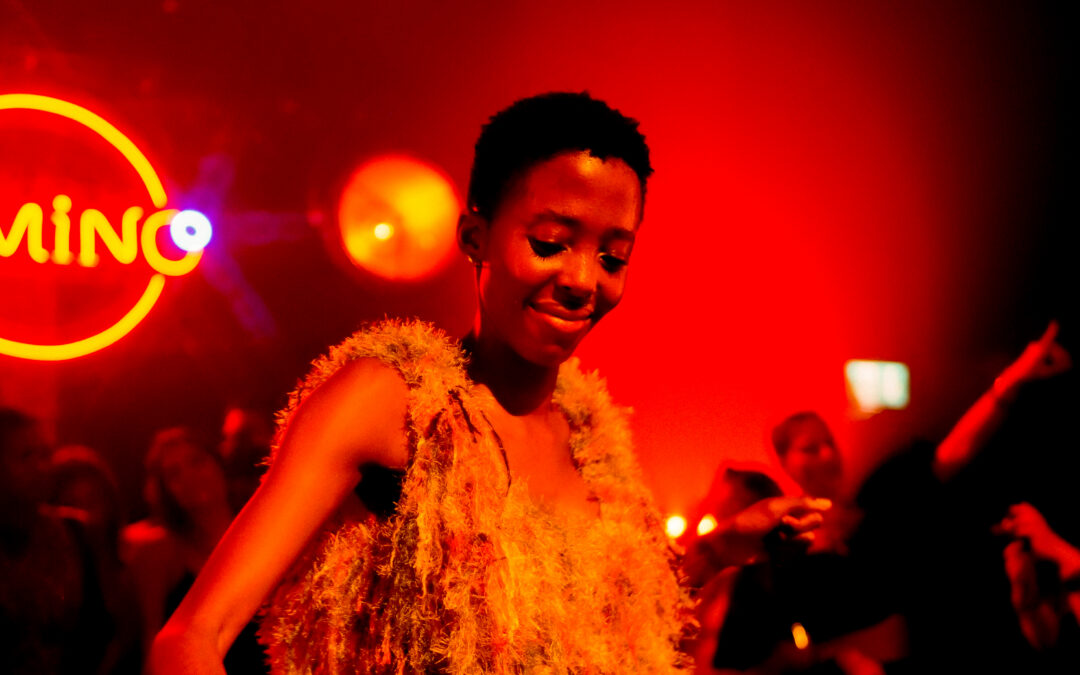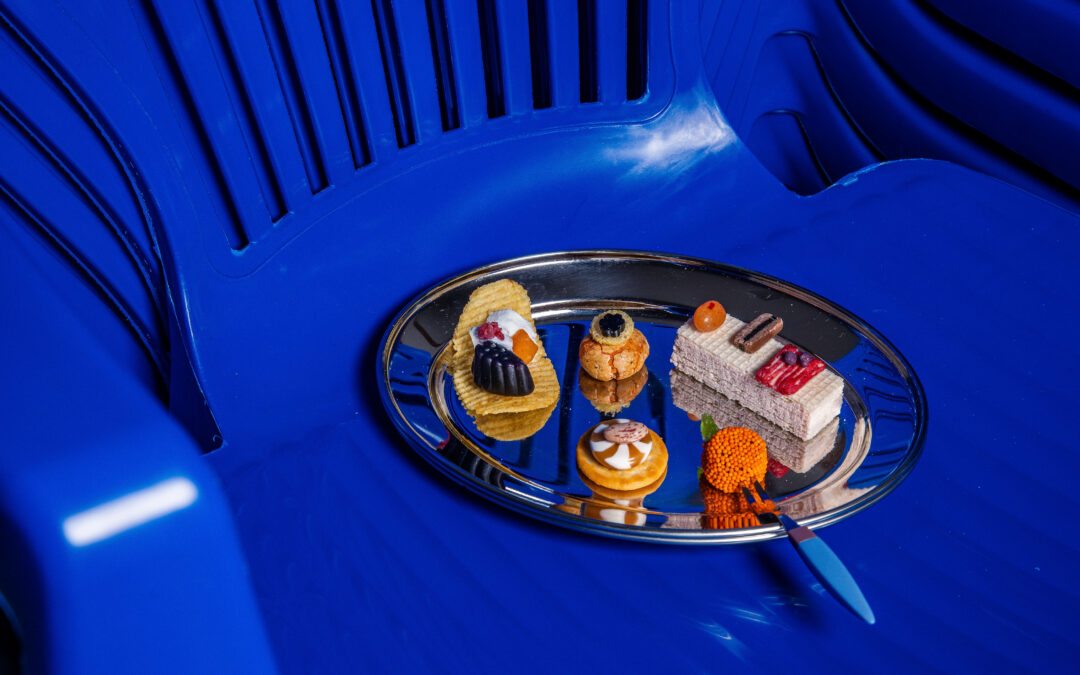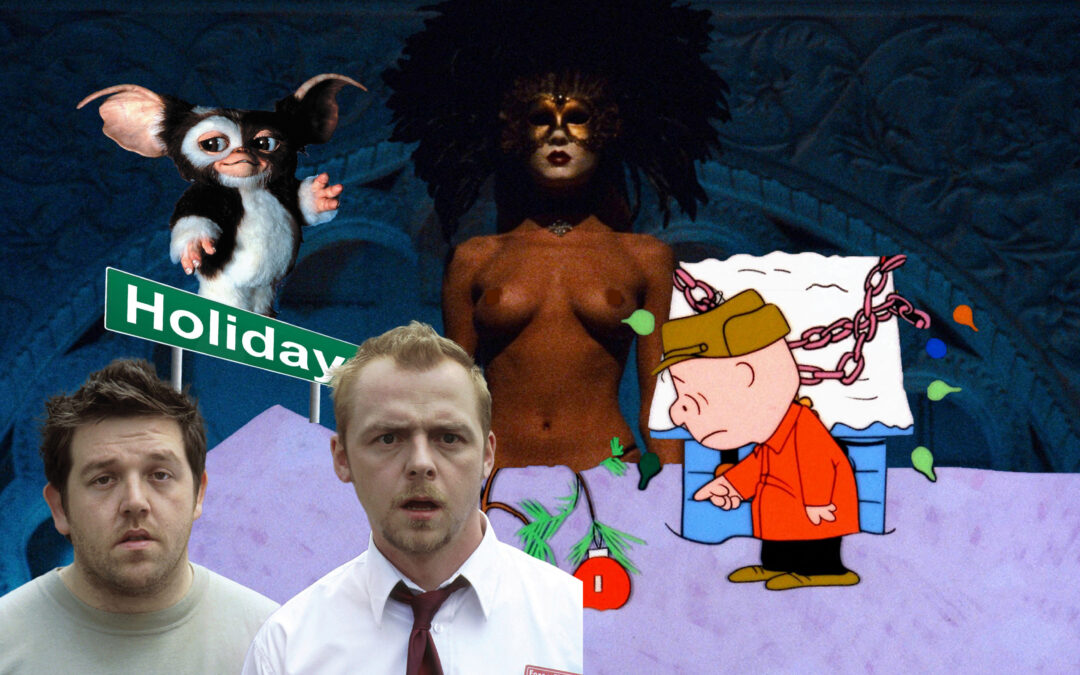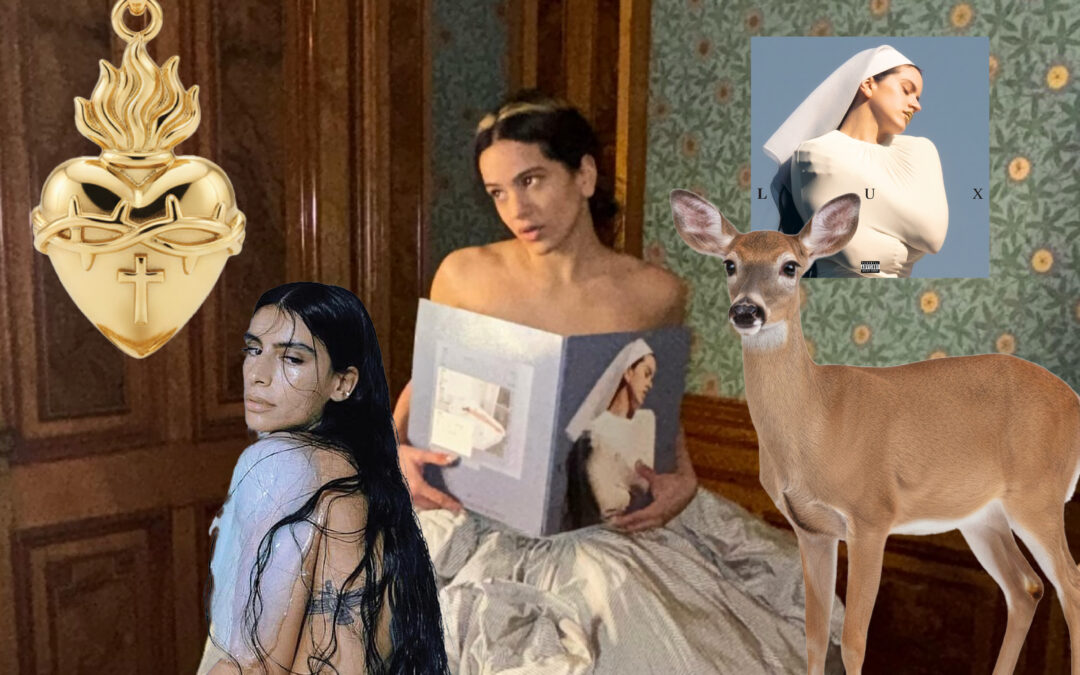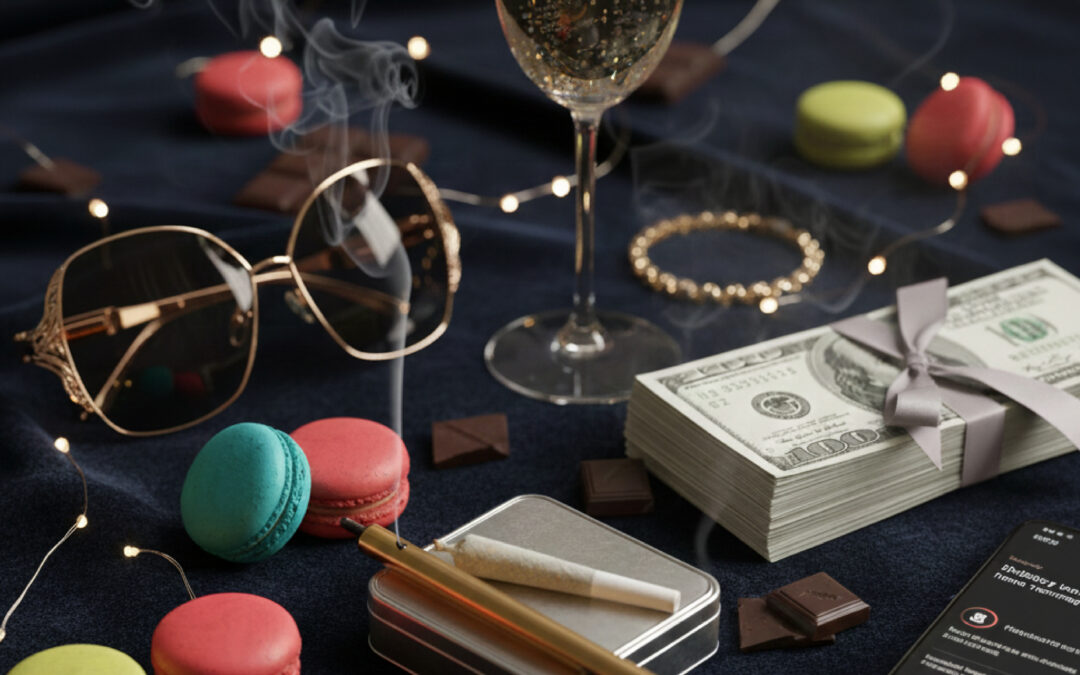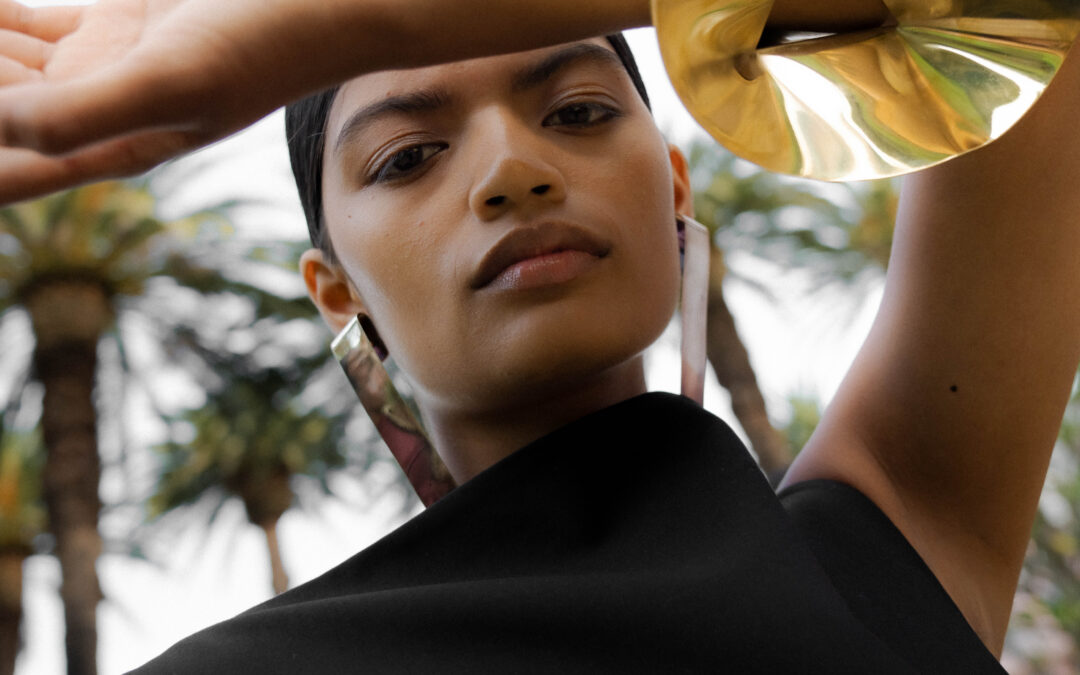The materia born from artistic landscapes, both present and past, is one of our greatest sources of admiration. ART THEMES is our irreverent tribute to the messaging that lies within these bodies of work. This bi-monthly digital review, curated according to thematic concepts, uses common interests and themes to collate the work of great artists – as we make unusual and intriguing connections across ambiguous and clarified perspectives, literal and figurative alike.
Enter August’s theme: Hibernation. The sentiment of hibernation is aptly woven together by poet Chen Chen, who gives his take on the notion: “Yes– give yourself the time. To mull things over. Ruminate. To chew, yes. To hibernate, let things sit fallow. To follow intuitions. To study. To read, reread. To experiment wildly, experiment carefully. To care. To care about your mind, heart, belly and your every toe. To care about and for your language. To language your care.”
Each winter seems to have the profound ability to cause a ripple of introspection, to retreat into oneself, to take stock. It is both a physiological response to the change in natural surroundings, but also an emotional and psychological reaction. We are all affected instinctually, saving resources in various silos of our lives. Employing a hibernation tactic, mindset or practice feels unavoidable but is also nothing to deter from – each season has its glory. These artists represent some sort of coming inside, shielding, recovering, going within, cocooning towards what we hope is the warmth we seek, towards the betterment of self through hibernation.
Anico Mostert, “Thinking not Sleeping”, 2023, acrylic on paper.
Anico Mostert’s painting “Thinking not Sleeping” (above) shows the colder, perhaps darker side of hibernation. She is a multidisciplinary artist and printmaker, whose work speaks to the quiet moments of the everyday. Each artwork’s name occurs as Mostert imagines what it would say if it could speak. Not all bedtimes are equal and not all rest comes through being alone, or in a room of one’s own either. Mostert has the ability to evoke the insular, isolated feeling of both overthinking and bouts of insomnia. Strokes of blue and that ever-so-stretched corner of one’s room reflects on the troubles in one’s mind.
Visual activist Zanele Muholi’s large-scale bronze sculpture, “Bambatha I” (below), depicts a monstrous engulfment of the artist’s body, or rather their biologically determined ‘box’ – a term they use to refer to the space encompassing their breasts and vagina. In this queer avatar, Muholi’s figure appears trapped by a strange, amorphous mass around them – a reference to the artist’s struggle with gender dysphoria. The piece is a powerful image of the anxiety and depression which result from incongruence with one’s own body. Muholi’s three-dimensional expansion into bronze honours and commemorates Black women and LGBTQI+ individuals’ contributions to art, politics, medical sciences and culture. This ‘hibernation’ is not always voluntary, nor is the facing of one’s identity a comfortable task.
This artwork is on exhibition with Southern Guild where they are participating at Frieze Sculpture 2024 Edition, which takes place in The Regent’s Park (9-13 October).
Zanele Muholi, “Bambatha 1”, 2023, Bronze. Photographed by Hayden Phipps & Southern Guild.
For Shayna Arvan, a Cape Town-based illustrator and painter, her work is tender, suggesting the softening edges of life with her pencil details, pinks and gestures of romance. Her painting “Grotto” (2024) literally depicts a potential space for hibernation, a cave, the mystery of what waits inside and what will emerge. She shares, “The process of painting this work took many hours, dimples and cracks in the rock, each blade of grass, hints of flowers, wisps of clouds– with this comes hours of unavoidable introspection and solitude.”
Shayna Arvan, “Grotto”, 2024, Oil paint on board (210 x 297mm).
The 2024 FNB Art Prize winner has recently been announced: Gresham Tapiwa Nyaude. About him, the jury shared, “There is a compelling balance between hope and political resistance in Gresham’s work. His adept use of satire allows him to navigate and illuminate complex, often contentious, topics with a nuanced approach that invites viewers to engage critically.” This control over brushwork not only showcases his technical skills but also enhances the expressive power of his work. The way he approaches the canvas with paint continues the reflective, conscious, and delicate legacies that the medium has offered. Defying characterisation, his renders capture a generation’s absurdly relentless drive to attain and maintain dignity and a quality of life that sometimes appears beyond reach. Gresham is a prime example of an artist exploring the chaos of identity and how only through this chaos can there be a new discovery, a new restfulness – a hibernation after the storm.
Gresham Tapiwa Nyaude, “MM”, 2024, Oil on canvas.
Through the medium of felt, Michaela Younge’s work is light-hearted, absurd, whimsical and intimate. She spends countless hours patiently working with loose fibres to piece together intricate narratives, with characters, animals, storylines and embedded theatrics of their own. About Michaela’s latest exhibition “A Tight Squeeze”, at Smac Gallery, Lucienne Bestell shares a note that nods to August’s theme “All things must be left behind – childhood pets, adolescent fancies, claims to glamour, uninvited serenades. Among the thoughts that recur to Younge as she works is a repeated phrase: ‘The moment was gone because he’d waited too long.’ Depicted in this artwork, there is a similar notion of time passing however the seemingly simple act of taking a bath is so much more than just time alone, it’s time carved out for care.
Michaela Younge, “Soap Studs”, 2022, felt.
Lexi Hide is a photographer who, through her cinematic and theatrically positioned subjects, charms the viewer with a sense of gentle naivety in her visual storytelling. With the Cape Creative Collective, she shared that her work has a significant eco-feminist ideology, celebrating the female spirit in the natural world. The world Lexi has created in her photograph “Poison Ivy” showcases a sense of tending to wounds, not just those of our own but those of others as an act of love. There is a poetry in Lexi’s photographs, not only in the subject matter but the fact that her work is never random, but constructed over time with effort and strategy to execute. Lexi’s currently exploring themes of girlhood and memory and describes her work as ‘reality mimicking fiction’, in response to her teenage tendency to model her life after adolescent films such as Palo Alto.
This artwork is part of Lexi Hide’s show “Sugar for the Pill” exhibited with Everard Read as part of their Cubicle Series currently on show in Cape Town. Cubicle Series is an ongoing platform which gives artists scope to exhibit smaller bodies of work and site specific installations for a two week period.
Lexi Hide, “Poison Ivy” 2023, Photographic print on paper (33 x 41 cm).
While these artworks vary greatly in subject matter and medium, there exists an underlying commonality which we feel can be deeply reflected on in this climate – with the hopes that August brings contemplation through an observation of the world around you and within you (however complex, dark, cold or chaotic it might be) working towards the betterment of both internal and external worlds.
Written by: Grace Crooks
For more news, visit the Connect Everything Collective homepage www.ceconline.co.za

